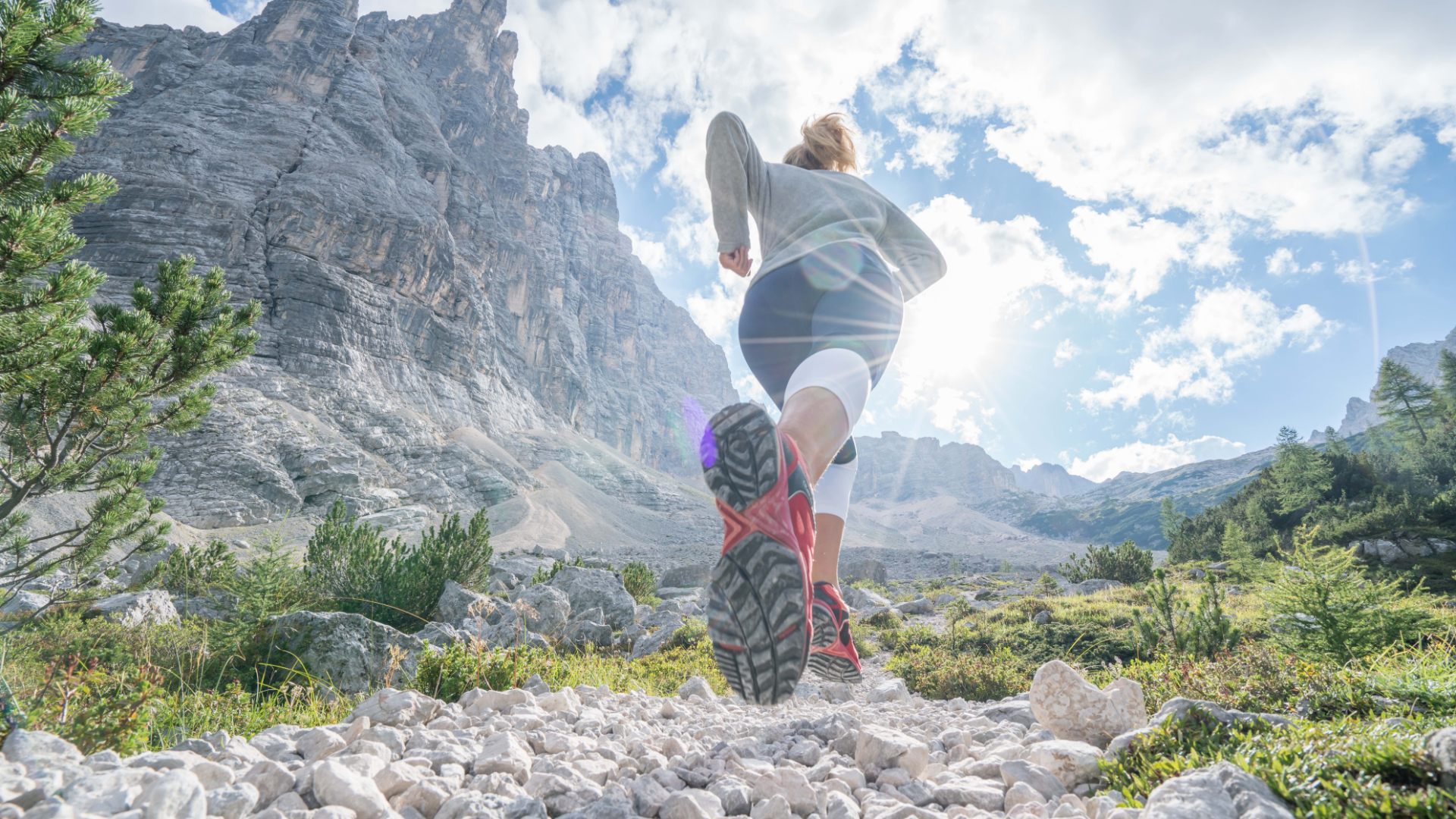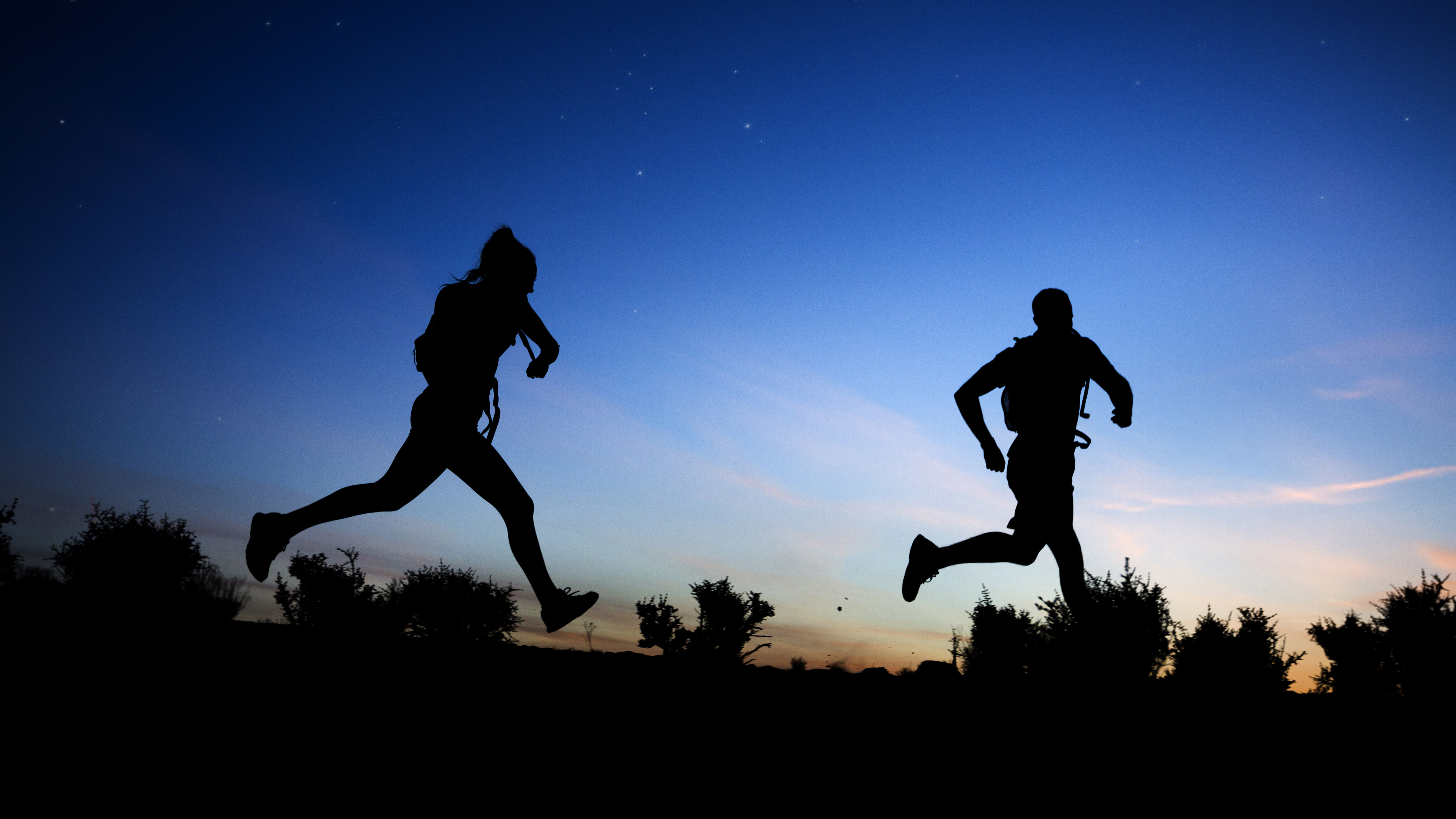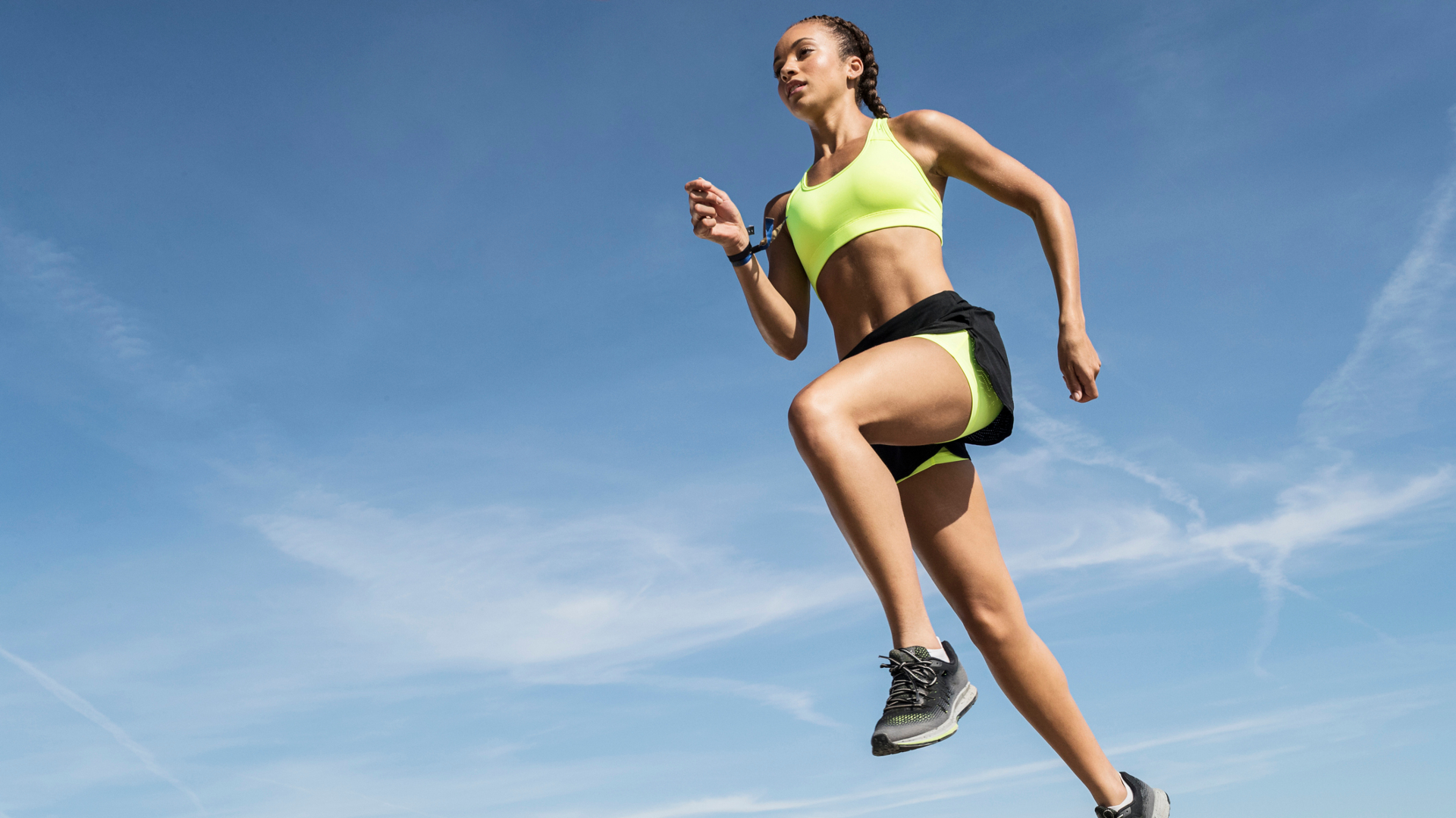What is ‘drop’ in running shoes – and why is it important?
Stay pain-free and active by choosing the right drop in running shoes to support your natural stride

No runner wants to be sidelined by an annoying or painful injury, and thanks to advances in technology there’s lots you can do now when it comes to choosing the right pair of running shoes to help you stay pain-free and active. One important aspect to consider when buying new shoes that will help you to avoid injury is understanding the concept known as ‘drop’ in running shoes.
What is ‘drop’ in running shoes?
Drop in running shoes is a way of measuring the distance in height between the heel and the forefoot. Drop is measured in millimeters, and shoes come with different drops to account for different running strides as well as differences in intended terrain.
If you’re standing barefoot on level ground, your heel and forefoot are at equal height, so in this case the drop is zero. If you’re wearing running shoes and the heel is 22mm above the ground while the front sits at 10mm, you have a pretty standard 12mm drop from heel to toe.
All old-school running shoes were designed with a bit of a drop to accommodate heel strikers, while the advent of specialized trail running shoes saw drops get smaller to improve stability on rough ground and account for the softer trail underfoot.
You should be aware that drop in running shoes is entirely separate from sole thickness – you can have thick soles with very little or even zero drop while thin soles don’t always mean zero drop.

Why is ‘drop’ in running shoes important?
Basically, the lower the drop, the more strain there will be on your Achilles tendon and therefore your calf muscles as well. Running in shoes with the wrong drop for your stride forces you into an unnatural stride which over time can result in repetitive stress conditions like Achilles pain, tendonitis and periostitis that are the nightmare of any runner.
Having a slightly raised heel when running lessens the strain on your tendons and muscles, which comes in particularly helpful for heel strikers (check out our guide to running gait type) who are believed to experience more impact than midfoot or toe strikers. On the other hand, a midfoot or toe striker wearing shoes with a higher drop may be forced to strike more toward the back of their foot which can also cause joint pain and injuries.
Advnture Newsletter
All the latest inspiration, tips and guides to help you plan your next Advnture!

How do I choose the right drop in running shoes?
Basically, you want to choose drop according to your natural stride rather than your desired stride. Many specialty running stores now exist that can help with this by recording a slow motion video of you running to assess your gait and stride.
If run with a heel strike, you’ll probably want to start with the traditional 12mm drop to ensure plenty of heel cushion. This is also advised if you’re just getting started with running. If you’re a midfoot striker, you could go a little lower at 6-8mm, and if you’re a rare toe striker, you can cope with zero drop.
Another thing to consider is where you plan to run. Since road running is generally higher impact on your joints, some drop might be desirable, but if you only plan on trail running, you may sacrifice a little height in favor of increased stability.
Over time, you might progress to a smaller drop, but any transition should be slow and incremental to avoid running injuries.
Finally, it goes without saying that drop is not the only thing to consider when choosing a pair of running shoes–you’ll also want to take into account things like weight, stack height and grip, which you can learn more about in our article How to choose trail running shoes.
Julia Clarke is a staff writer for Advnture.com and the author of the book Restorative Yoga for Beginners. She loves to explore mountains on foot, bike, skis and belay and then recover on the the yoga mat. Julia graduated with a degree in journalism in 2004 and spent eight years working as a radio presenter in Kansas City, Vermont, Boston and New York City before discovering the joys of the Rocky Mountains. She then detoured west to Colorado and enjoyed 11 years teaching yoga in Vail before returning to her hometown of Glasgow, Scotland in 2020 to focus on family and writing.

